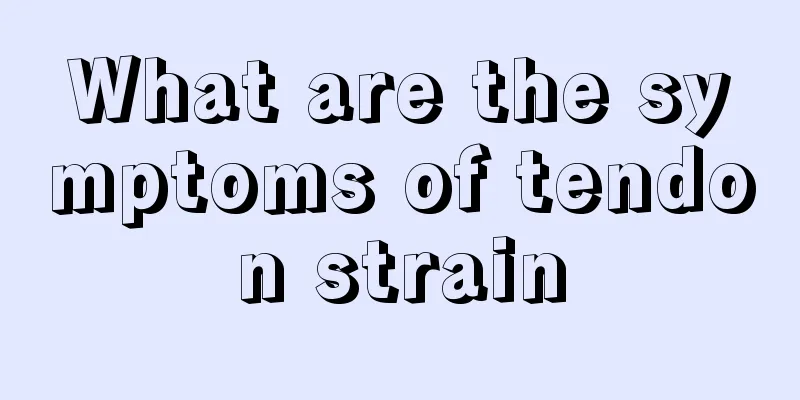Total laryngectomy for laryngeal cancer

|
Total laryngectomy is suitable for laryngeal cancer or larynx cancer that is not suitable for partial laryngectomy, primary subglottic cancer, recurrence after partial laryngectomy or radiotherapy, and hypopharyngeal cancer that cannot retain laryngeal function. If the cancer has invaded the laryngopharynx, piriform sinus and cervical esophagus and cannot be repaired with pectoralis major myocutaneous flap or cervical skin flap, free jejunum can be used to replace the defective area of the resected laryngopharynx and upper esophagus. The main steps of total laryngectomy: (1) Incisions: A vertical incision is made along the anterior midline of the neck, starting from below the hyoid bone and ending at the level of the second tracheal ring, or a T-shaped or transverse incision. (2) Expose the larynx and cut off the sternohyoid muscle, thyrohyoid muscle, omohyoid muscle and sternothyroid muscle below the “slash line”. Cut off and suture the isthmus of the thyroid gland. (3) Loosen the laryngeal body, cut off the inferior pharyngeal constrictor muscles, separate the perichondrium of the pyriform sinus, cut off the superior angle of the thyroid cartilage, and ligate the superior laryngeal vessels. (4) Excise the larynx from top to bottom. First, sever the trachea below the cricoid cartilage or at the 1st to 2nd tracheal rings. Make an incision posteriorly and obliquely upward, leaving a tongue-shaped mucosal flap at the rear. Separate the posterior wall of the larynx, flip the larynx upward, and enter the pharyngeal cavity above the arytenoid cartilage. Under clear vision, cut the mucosa of the pyriform sinuses on both sides along the epiglottic folds to the epiglottis, and cut off the upper end of the larynx on the hyoid bone. (5) Fix the trachea and close the pharyngeal cavity. Suture the upper end of the trachea to the suprasternal fossa and the skin of the neck. Suture the pharyngeal mucosa inward. Use submucosal tissue, subpharyngeal constrictor muscles and fascia to reinforce the suture. Suture the anterior neck muscles, subcutaneous tissue and skin layer by layer. |
<<: Surgical treatment of laryngeal cancer
>>: Indications for tracheostomy in laryngeal cancer
Recommend
What diseases can Wang Buhe cure
Wang Buhe is the inheritor of a national intangib...
What should I do if I broke my waist?
It is very common to suffer a lumbar fracture. Su...
There is a little blood every time I have sex
If there is a little blood every time you have se...
What causes unbearable ear pain during descent?
Flying on an airplane is something that many of o...
How much does radiotherapy for endometrial cancer cost
Endometrial cancer is a group of epithelial malig...
What to do if the cervical spine makes a crackling sound
With the popularization of office automation, mos...
The efficacy of sea buckthorn wine
There are certain benefits to soaking sea bucktho...
Focal fatty liver
Focal fatty liver is a common symptom of fatty li...
What are the methods for treating lung cancer
Lung cancer is a very common disease nowadays. Th...
How to clean mosquito blood?
It is the hottest summer now, and there are many ...
How to take good care of liver cancer patients after surgery 4 nursing measures for liver cancer
For liver cancer patients, postoperative care is ...
There are vertical lines on the thumb nail
Generally speaking, there are several reasons for...
Heart rate 95 adrenal hyperplasia
We all know that the normal human heart rate is b...
Interpersonal phobia
In fact, in modern society, due to the developmen...
Tips on how to remove moles in 1 day
If there are spots or moles on the face, it will ...









